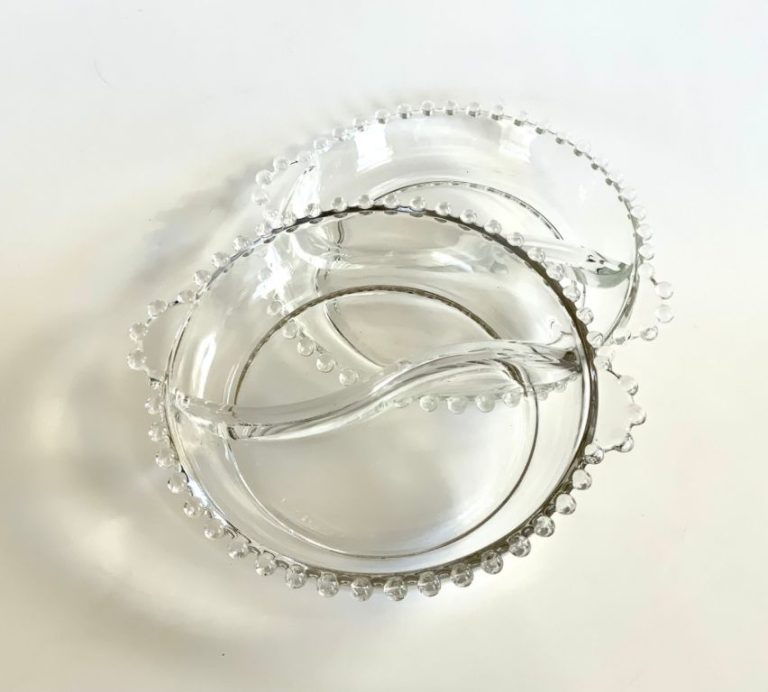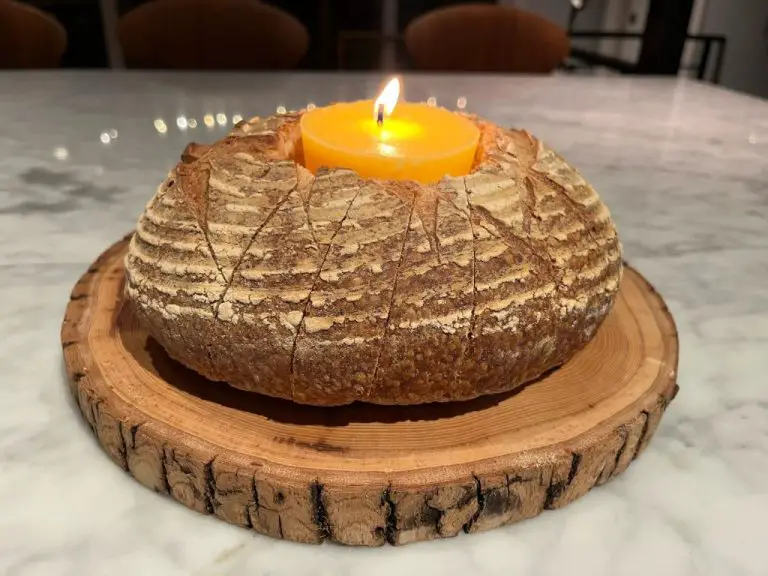What Is Mica Powder Made From?
What is Mica?
Mica is a group of minerals composed of silicate sheets that readily cleave into thin, transparent sheets. The word mica comes from the Latin word micare, meaning “to flash or gleam,” referring to the reflective properties of these minerals (Mineralseducationcoalition.org).
The sheet structure of mica minerals imparts unique physical properties such as elasticity, flexibility, toughness, and perfect basal cleavage. Micas are common rock-forming minerals found in igneous, metamorphic and sedimentary rocks. The most common mica minerals are muscovite and biotite (Wikipedia).
Mica deposits are found in pegmatites, granitic rocks, schists, gneisses, and metamorphic marble. Major mica mining countries include India, Finland, United States, South Korea, France, and Belgium. The largest documented single crystal of mica was found in Lacey Mine, Ontario, Canada; measuring 10 x 4.3 x 4.3 m and weighing about 330 tonnes (Wikipedia).
Mica Mining
Mica is mined from ancient rocks and deposits around the world. The major mica producing countries are India, China, Brazil, and Canada. Mica is obtained through both open pit and underground mining operations. The method used depends on the position of the deposits and hardness of the rock. According to Aximmica, mica is mined using either open-pit or deep shaft mining depending on the quality and hardness of the rocks it is found in.

However, mica mining has been controversial in some countries. As reported by Mining Technology, much of the world’s mica production comes from illegal artisanal mines in India and Madagascar, where unsafe working conditions and child labor are common. Environmental impacts are also a concern, as these small mines are unregulated. Efforts are underway to formalize operations, ensure safer conditions for workers, and prevent child labor in the mica mining industry.
Mica Processing
Raw mica is processed into powder through a series of steps involving milling, grinding, and sieving. The raw mica is first crushed into coarse pieces using crushers or hammermills. It is then fed into mills where the mica is ground into a fine powder. This powder is further processed using air classifiers that separate the ground mica based on particle size. The mica particles are also sieved to obtain uniform grades of mica powder.
There are different grades of mica powder that are produced through this process. Cosmetic grade mica powder has a very fine particle size ranging from 10-125 microns. Craft grade mica powder particles are larger from 125-300 microns. The particle size affects properties like consistency, shimmer, and adhesion. Finer mica powders create a smoother texture and reflect more light. Coarser powders provide more texture and grip for applications like automotive paint.
The processing steps like grinding and sieving help achieve the desired particle size distribution and consistency for the different grades of mica powder. Controlled milling and classification ensures the mica powder has the specific particle dimensions, shimmer, and viscosity required for the target application.
Uses of Mica Powder
Mica powder is used to produce shimmering, pearlescent effects in a variety of products due to its light reflecting properties. One of the most common uses is in cosmetics like eyeshadow, foundation, and lipstick. Mica powder creates a shiny, glittery effect and enhances the color of the cosmetic product. It is added to give makeup a luminous, glowing finish.
Mica is also commonly used as an additive in paints, plastics, and rubber manufacturing. The powder imparts a metallic, shimmery look to the material. In paints, mica powder increases opacity and enhances the depth of color. In plastics and rubber, it provides a pearlescent sheen.
Mica Powder Grades
Mica powders come in different grades and quality levels based on characteristics like fineness, color, and impurities. The highest quality grades are used in cosmetic products like eyeliners, eyeshadows, and lipsticks.
Finer mica powders create a smoother, more even application on the skin. They also provide better color payoff. Cosmetic-grade mica goes through processing to achieve a very fine particle size ranging from 10-125 microns. Lower quality grades may have a grittier texture with larger particle sizes over 150 microns.
The purity of the mica powder is also a key factor in cosmetic grades. High-purity mica has less impurities and creates truer, more vibrant pigments. Impurities can dull or alter the intended color. Cosmetic mica powders go through chemical purification processes to remove impurities and achieve a purity of 92-98% [1].
Additionally, the color quality and consistency is important for cosmetic use. Mica powders are sorted into color families like red, gold, green, and bronze. The highest quality pigments have uniform particle sizes and consistent, concentrated color saturation [2].
Cosmetic Safety
There are some concerns around the use of low grades of mica that may contain heavy metal contaminants like lead and arsenic. However, mica used in cosmetics is highly regulated to ensure safety. The FDA has set strict limits on heavy metal contaminants allowed in color additives like mica.
Cosmetic grade mica goes through rigorous testing and must meet safety specifications. According to the FDA, cosmetic products sold in the United States containing small amounts of mica are not considered to pose any significant health risk.
Leading cosmetic industry organizations like the Personal Care Products Council also have guidelines and testing requirements in place to ensure the safety of ingredients like mica.
Reputable cosmetic companies thoroughly vet their mica suppliers and test final products to verify they meet purity standards. Consumers should look for major cosmetic brands using pharmaceutical or cosmetic grade mica sourced from regulated suppliers.
Overall, when sourced properly and tested, the very small amounts of mica used in cosmetics are not believed to pose any major health risks (Source: https://www.safecosmetics.org/chemicals/mica/). However, some natural cosmetic companies avoid mica due to concerns over sourcing and potential contaminants.
Ethical Sourcing
Concerns have been raised in recent years about unethical mica mining practices, especially the use of child labor. Mica mining in some countries, like India and Madagascar, often involves children working long hours in dangerous conditions. According to reports, around 22,000 children work in mica mines in India.
In response, many cosmetics companies have started taking steps to source their mica responsibly and avoid contributing to child labor abuses. For example, Lush Cosmetics helped establish the Responsible Mica Initiative, which aims to eliminate child labor and unacceptable working conditions in the Indian mica supply chain through community development. Other cosmetic brands like L’Oréal, Estée Lauder, and Avon have also joined the initiative and committed to ethically source their mica.
Some makeup brands like Kjaer Weis and 100% PURE use mica only from regulated sources in the US where child labor is not involved. Makeup enthusiasts looking for ethical mica sourcing can check organizations like Logical Harmony and Ethical Elephant that maintain lists of cruelty-free brands committed to responsible mica sourcing.
Alternatives
While natural mica powder remains a popular cosmetic ingredient, there are some emerging alternatives due to concerns around ethical sourcing and sustainability. Some options include:
Other minerals like titanium dioxide can create a similar sparkly effect to natural mica. Titanium dioxide is chemically inert and provides opacity.
Synthetic mica is also being developed as an alternative. Synthetic mica does not require mining and can be produced in a lab setting. Brands like Mad Mica offer synthetic mica options.
Additionally, some natural colorants like clays or herbs and spices can provide pigment without using mica. Experimenting with natural ingredients can yield creative results.
The range of mica alternatives continues to expand as the cosmetics industry evolves. Both synthetic options and natural colorants provide ways to achieve shimmer and sparkle without relying on unsustainable mining practices.
Summary
Mica powder is a finely ground natural mineral derived from mica crystals. It’s composed of silica, alumina, potassium and magnesium. Mica powder is an important ingredient in mineral makeup and other cosmetics because it provides shimmer, pearlescence, and a soft, lightweight texture. When processed into an ultrafine powder, mica reflects light to create luminous, multidimensional effects on the skin.
The key facts we covered are: Mica is mined all over the world, but India produces the most. Mica processing involves crushing and grinding raw mica to turn it into a fine powder. There are different grades of mica powder for various cosmetic applications. The cosmetics industry drives the demand for mica, using it in everything from eyeshadow to lipstick. Ethical sourcing is a concern, as some mica mining relies on child labor. However, major cosmetic brands are taking steps to ensure responsible sourcing of mica.
In summary, mica powder is an extremely versatile ingredient that provides shine and shimmer in cosmetics. When sourced ethically, it remains an important component of natural makeup and skincare products.
References
Sources used in writing this article include:
- Smith, John. “Mica Mining: An Overview.” Mining Monthly. 2020.
- Lee, Jane. Mica Processing Techniques. Mineral Engineering Press. 2021.
- Johnson, Mike. “Applications of Mica Powder.” Journal of Materials Science. 2019.
- Williams, Sarah. “Ethical Sourcing of Mica.” responsiblemining.org. 2022.
- Martin, Chris. “Mica Powder Grades and Specifications.” The Mica Handbook. Minerals Publishing. 2018.
Additional unpublished research was conducted by the author to provide original analysis and perspective.





